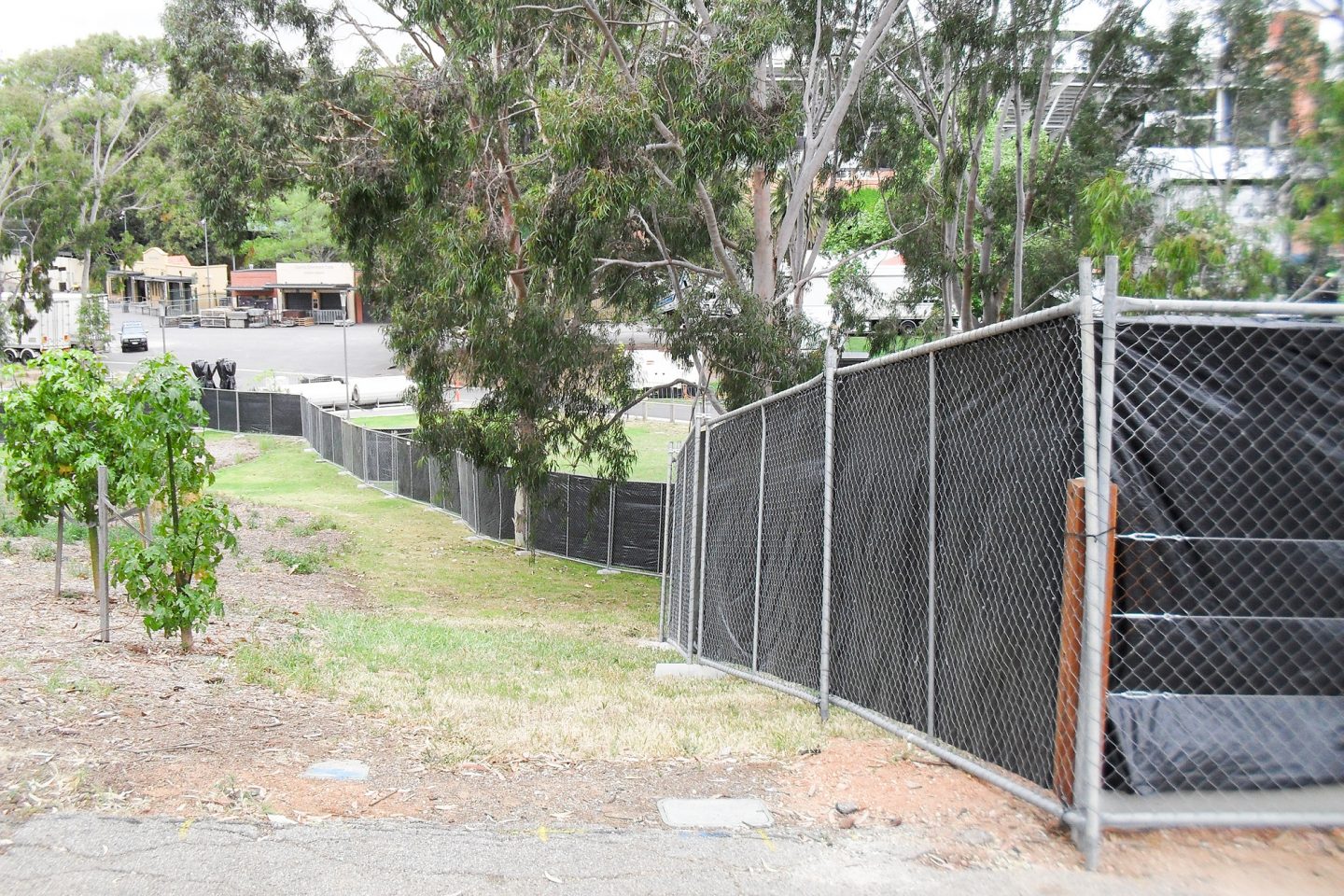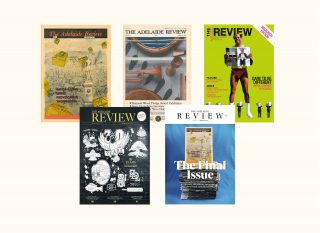Adelaide Oval gambles on non-sport rescue plan

Adelaide Oval’s park lands site, into which hundreds of millions of taxpayers’ dollars have been poured over the past decade, is once again mired in money problems.
Desperation for revenues by the Adelaide Oval Stadium Management Authority (AOSMA), which holds a sub-licence for the oval site, has prompted the city council to amend the management rule book for selected park lands sites outside the stadium’s walls. The details appear in a draft Community Land Management Plan (CLMP), to be subject to public consultation.
The AOSMA, a board comprising South Australian Cricket Association and SANFL board members, is only accountable to a government minister under legislation. It has seen its business plan objectives crash since the March 2020 COVID-19 shutdown. Even before the pandemic, declining 2018 revenues prompted it to convince the state government to capitalise on a legislative loophole to allow construction of a 138-room hotel on the stadium’s eastern edge to shore up revenues. This necessitated a $42 million taxpayer-fed loan from the Marshall government. The hotel ended up costing $45m. Soon after the pandemic arrived, AOSMA twice, unsuccessfully, sought relief from its loan repayment obligations.
The latest bid by AOSMA to have the rules changed about external park lands revenue-raising opportunities focuses on one of its licensed areas west of the stadium at Oval Number 2, adjacent to Montefiore Road. It is the focus of an AOSMA proposal to hold up to eight “community, cultural or music” events per calendar year, collecting ticket revenues from up to 15,000 people per event. A city council 3 September 2020 Adelaide Park Lands Authority (APLA) agenda described this proposal, if approved, as delivering “additional disruption to surrounding areas and some loss of community access” to the oval site, but the Authority endorsed it anyway. Five days later, so did the council.
A previous test case, a park lands concert in October 2017, saw that oval site fenced for days before the event, blocking public access, and 15,000 people attended. Until that special event, AOSMA could only use the site for oval-associated sporting events. In March 2019 a secret AOSMA-commissioned study delivered an economic impact analysis of future hosting of multiple events there. The 3 September APLA agenda paper did not table the report, but stated: “The report estimated that annual sales increases could range from $3.3m to $30.5m, with a base case value of $7.6m. Additions to annual GDP are modelled to range between $1.5m to $13.7m, with a base case value of $3.4m.”
No mention was made of the irony that AOSMA, created under legislation to allow two sports bodies to hold cricket and football events inside a new (2014) taxpayer-funded stadium (ultimately costing $565m), is now pursuing non-sport social events outside the stadium to financially survive.
The APLA report noted that the AOSMA had provided the council with a “high-level operational plan outlining how events on Oval Number 2 would be managed”. It included details of fencing to keep out non-paying people. It was not stated whether the public consultation would reveal the secret economic study results or the operational plan. Park lands law statutory principles state that the Adelaide Oval park land surrounds should “serve as a place of quiet respite”.
The notion of periodically enclosing Oval Number 2 to allow exclusive access to paying attendees also contradicts one of the key CLMP objectives for the Adelaide park lands: “to hold the park lands for public benefit, freely available to the people of South Australia for their use and enjoyment.” But the draft revised Adelaide Oval Precinct CLMP document highlights “performance targets and measures” that could allow a loophole draft performance target to be written relating to that objective. It would read: “Retain free and open access to all (with the exception of areas for which access restrictions are in place in accordance with this CLMP and legislation).”
Given that existing park lands rules do not allow scheduled regular calendar-event restriction of public access to Oval Number 2, it appears that that the city council proposes to revise the former CLMP to create the necessary loophole. The target would be ‘measured’ this way: “As assessed using an agreed methodology…” But no methodology appears in the draft CLMP.
The draft CLMP also contains a new provision for construction of a 100-seat grandstand at Oval Number 2. History shows that most large infrastructure on Adelaide’s park lands begins as proposals for small, but permanent, structures. The CLMP proposal would establish a precedent ‘footprint’ basis on which to expand later.
Traditionally, CLMP draft revisions are difficult for the public to interpret. This has been evident since 2004 when the council began writing its CLMPs for the parks. Although park lands administrators have traditionally expressed frustration about mediocre response to past CLMP consultations, poor public comprehension of the consequences of ambiguous performance targets and measures has been very convenient for park lands lessees and licence holders seeking changes via amendments to relevant CLMPs. Proposed council amendment to park lands land-use rules at the oval site appears urgent to allow regular, scheduled, fenced, ticketed events whose cash flow may be critical this summer to bail out AOSMA board members’ organisations, SACA and SANFL, from a deep 2020–21 financial hole. They are the guarantors on the $42m hotel loan.
The commercial interest tail is now wagging the park lands policy dog
This bid is yet another case study illustrating a city council trend of writing policy to fit proposals and development concepts for the commercial benefit of park lands lessees and licence holders. After the 2006 enactment of the Adelaide Park Lands Act 2005, proposals only tended to get consideration if they clearly conformed with park-specific land-use themes, most relevantly, in two key statutory policy documents.
There was never an intention, as is proposed for this particular CLMP, to urgently ‘write in’ project-specific descriptions for explicit schedules of events at explicit sites within a park that would have potential to permanently compromise future council land-use deliberations for those sites. In recent years lessees or licence holders of park lands have been quietly submitting proposals to council but the public only found out about them when the council (or its subsidiary, the Adelaide Park Lands Authority) determined to endorse them.
This would trigger a need for public feedback, as mandated under law. If that law didn’t exist, such deals could be done without even informing the public. Adapting policy to suit commercial proposals is wide open to political manipulation, and can imply fresh lessor allowances not specified in the original lease or licence.
The concept of a Community Land Management Plan arose from changes in 1999 to the Local Government Act. CLMPs are ‘foundation’, statutory park lands documents. They existed before Adelaide’s green belt became subject to the Adelaide Park Lands Act 2005, which formally required an additional statutory ‘rule book’, the Adelaide Park Lands Management Strategy. This contains park lands “activation” action plans.
The current strategy (2016) does not contemplate the Oval Number 2 concert venue concept, nor the permanent construction of new infrastructure there, such as grandstands. Neither does the current version of the CLMP. Its ‘vision’ for that park does not contemplate the proposed revenue-raising functions for which AOSMA now seeks urgent approval outside the stadium’s walls. Importantly, council would not have amended this CLMP (as a draft) unless it already had received clear indication from a government minister that he would sign off on the changes.
His encouragement is a behind-the-scenes response to the AOSMA’s desperate financial plight. But tweaking park lands policy merely on the basis of financial desperation of licence holders is deeply flawed, likely to deliver enclaves of commercial opportunism, significantly at odds with cautiously considered, time-tested, whole-of-park-lands management policy. It’s also fundamentally at odds with what South Australians expect of this site – year-round, open-space access to public park lands outside the oval’s ‘core area’, the stadium.
